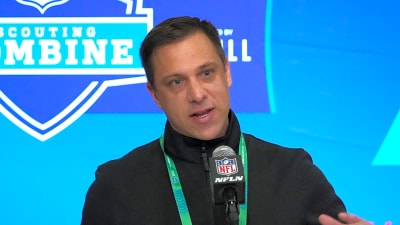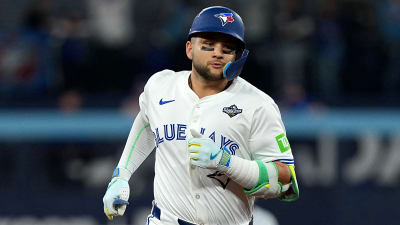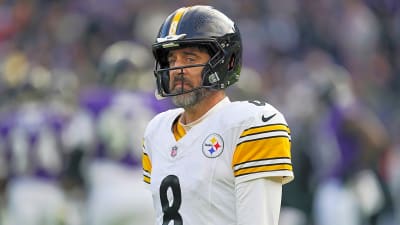
Miami Heat forward Jimmy Butler sent Los Angeles Lakers fans into a frenzy with a comment he made in an interview while attending Friday’s WNBA game in Los Angeles.
During an in-game interview, Butler was asked about the talented core the Los Angeles Sparks are building around rookies Rickea Jackson and Cameron Brink. Butler’s response was a fun one, as he took advantage of Brink wearing No. 22 to get Laker fans fired up.
“For some reason 22 looks good in purple and gold.” – Jimmy Butler courtside in Los Angeles pic.twitter.com/ZDisNHWdUg
— Nikki Kay (@NikkiKaySN1) June 8, 2024
“For some reason, 22 just looks good in purple and gold,” Butler said.
Butler, of course, also wears No. 22 and has been rumored as an offseason trade candidate. He hasn’t been linked to the Lakers, but maybe he is trying to start the speculation himself. He is also acknowledging Brink, who is a huge fan of his and actually got to meet him following the game.
There is one rather important detail that Butler is ignoring: the Lakers have retired No. 22 in honor of Elgin Baylor, so Butler would not be able to wear it even if he did wind up there. He probably knows that, but why let that fact get in the way of him having a little fun?
More must-reads:
- Jimmy Butler had awesome gesture for Sparks’ Cameron Brink
- The highest-paid players for the 2023-24 NBA season
- The '2016 Team USA men's basketball' quiz
Breaking News
Trending News
Customize Your Newsletter
 +
+
Get the latest news and rumors, customized to your favorite sports and teams. Emailed daily. Always free!








